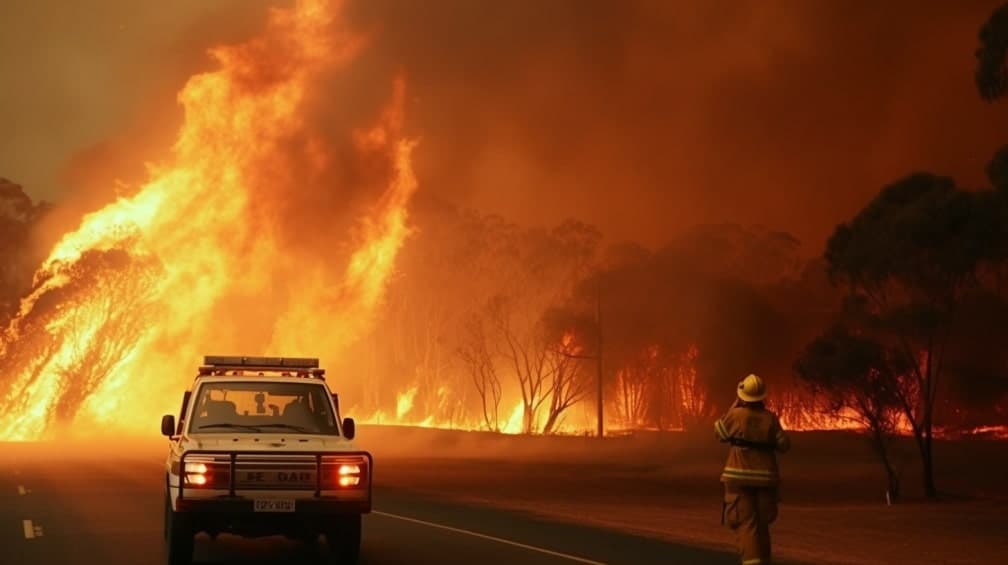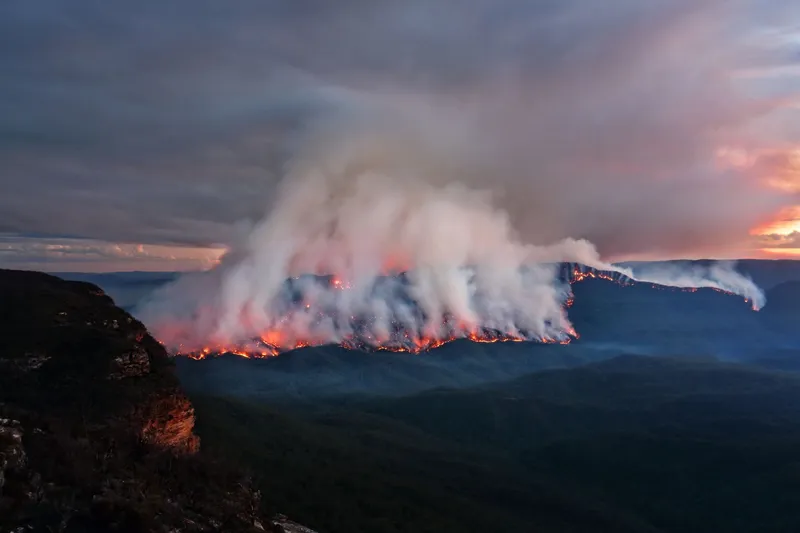Navigating Residential Property Safety: Understanding the Importance of a BAL Report
Wiki Article
Relevance of BAL Record in Ensuring Bush Fire Security
In the realm of bushfire defense, the significance of a Bushfire Assault Degree (BAL) report can not be overemphasized. This crucial paper works as a fundamental tool in assessing the prospective danger a property might deal with throughout a bushfire and plays a crucial role in identifying the needed protective measures to protect residential properties and lives (BAL Report). Nevertheless, the real value of a BAL record expands past a simple analysis; it works as a guiding light for homeowner and authorities alike, offering understandings right into enhancing home strength and making sure efficient fire protection.Recognizing Bushfire Assault Degrees
The comprehension of Bushfire Assault Levels is important for examining the possible risk and impact of bushfires on a building. Bushfire Attack Degrees (BAL) are a way of determining the intensity of a structure's potential exposure to ember assault, induction heat, and direct fire get in touch with in a bushfire. Understanding the different BAL classifications is necessary for homeowner, designers, and building contractors in designing and constructing structures that are a lot more resistant to bushfires.By understanding these levels, building owners can make informed choices about bushfire security actions, such as setting up ember guards, making use of fireproof structure materials, and maintaining clear defensible room around the building (BAL Report). On the whole, an extensive understanding of Bushfire Assault Levels is vital for efficient bushfire planning and protection.
Assessing Residential Property Danger Levels
After recognizing the ramifications of Bushfire Assault Levels, the following important action is evaluating the danger levels associated with private residential properties. Evaluating residential or commercial property danger levels entails an extensive evaluation of various elements that can affect the sensitivity of a residential property to bushfires. These variables consist of the closeness of the residential or commercial property to bushland or greenery, the kind and condition of bordering plants, the incline and element of the land, dominating climate conditions, and the presence of flammable materials near the building.Property danger assessments are essential in determining the degree of bushfire security steps that require to be executed to safeguard the residential or commercial property and its owners. By precisely analyzing the risk levels, homeowner can make informed decisions pertaining to bushfire avoidance methods, such as plants monitoring, building design modifications, and the installment of fire-resistant materials. Additionally, building danger analyses play a vital function in the advancement of emergency reaction strategies and evacuation treatments in case of a bushfire.
Applying Safety Steps
Upon finishing property risk analyses, the next critical phase includes the implementation of safety actions to boost bushfire protection. Executing protective steps is important for protecting homes and ensuring the safety and security of people throughout bushfire events.Routine upkeep of safety measures is just as crucial to ensure their effectiveness during a bushfire. This consists of frequently evaluating and repairing ash guards, performing greenery monitoring to minimize fuel lots, and testing firefighting equipment such as pipes and pumps. By vigilantly executing and maintaining these safety measures, homeowner can significantly boost their resilience to bushfires and lessen potential damage and loss.

Enhancing Home Resilience
Enhancing property durability versus bushfires hinges on the aggressive execution and upkeep of protective actions intended at published here strengthening defenses and lessening possible threats. Residential property owners can boost resilience by producing and maintaining defensible spaces around their properties.Education and learning and preparedness likewise play a critical role in improving property strength. Residential or commercial property owners ought to practice a bushfire and create emergency plan, conduct regular fire drills, and make sure all citizens understand how to respond in situation of a bushfire. Staying educated about fire danger scores, weather, and evacuation routes is vital for making timely choices to safeguard life and property. By taking aggressive actions, homeowner can substantially increase the durability of their residential properties versus the hazard of bushfires.

Ensuring Effective Fire Protection
Applying durable fire security steps is crucial for safeguarding residential properties versus the destructive effect of bushfires. Additionally, mounting fireproof materials on the building, such as fire-resistant roof covering and ember-proof screens on home windows, can dramatically decrease the risk of fire damages.Additionally, having an emergency situation response plan in place is vital for ensuring efficient fire defense. This strategy should outline discharge procedures, communication methods, and assigned meeting factors for citizens. Routine training and drills must additionally be carried out to make sure that all locals are prepared to respond promptly and safely in the occasion of a bushfire.
Verdict
In verdict, the BAL report plays a crucial duty in making certain efficient bushfire defense by evaluating residential property danger degrees, applying protective steps, and boosting building durability. Recognizing Bushfire Strike Levels is vital in identifying the level of danger a property encounters throughout a bushfire.By comprehending these degrees, residential or commercial property owners can make enlightened decisions about bushfire protection measures, such as installing ash guards, using fireproof building materials, and preserving clear defensible room around the try this out residential property. Assessing property threat levels involves an extensive evaluation of various elements that can affect the vulnerability of a home to bushfires.Home risk evaluations are crucial in figuring out the degree of bushfire protection measures that need to be implemented to secure the building and its residents. By taking aggressive measures, property owners can dramatically boost the resilience of their homes versus the Continue risk of bushfires.
In final thought, the BAL record plays an important duty in ensuring efficient bushfire defense by evaluating residential property risk degrees, carrying out protective measures, and enhancing property durability. (BAL Report)
Report this wiki page